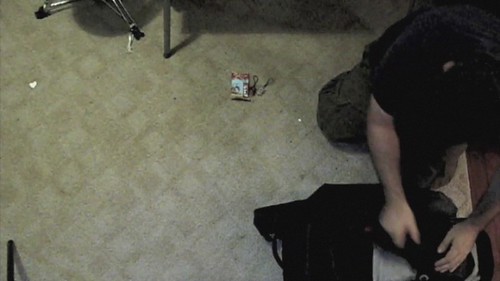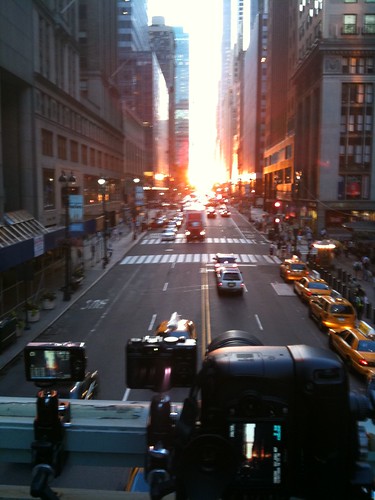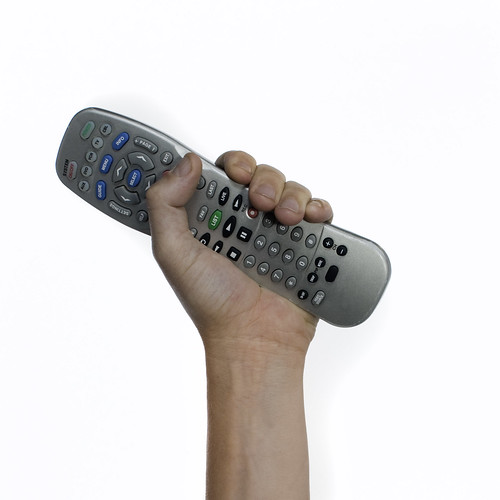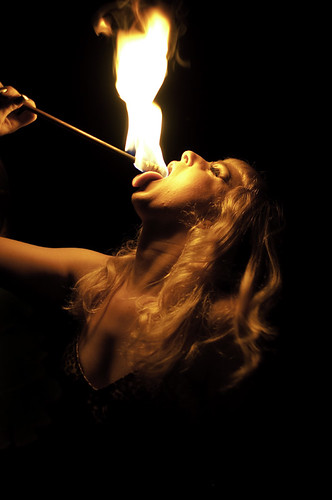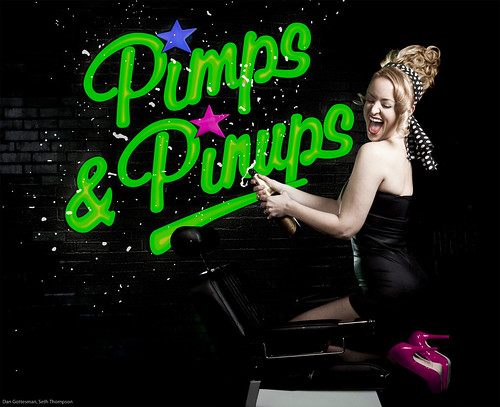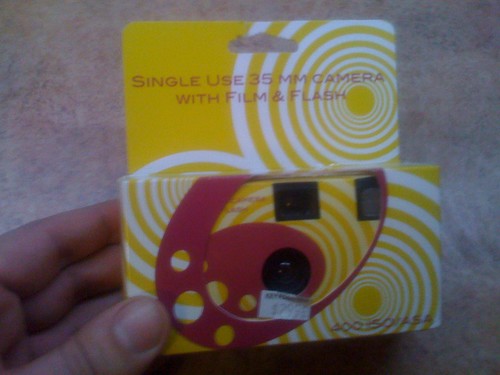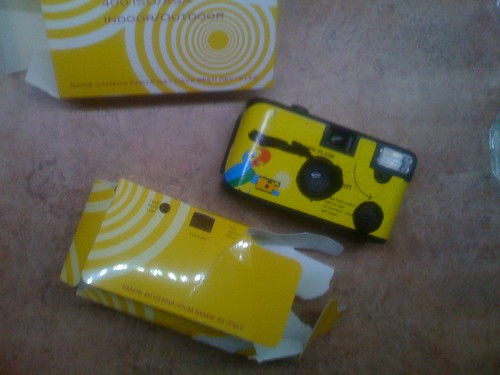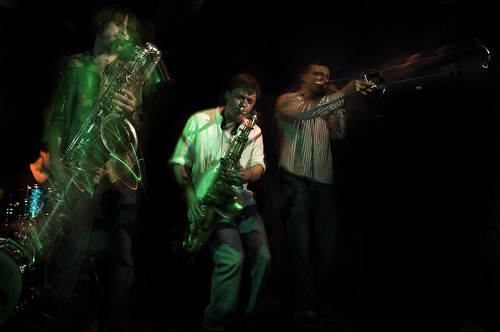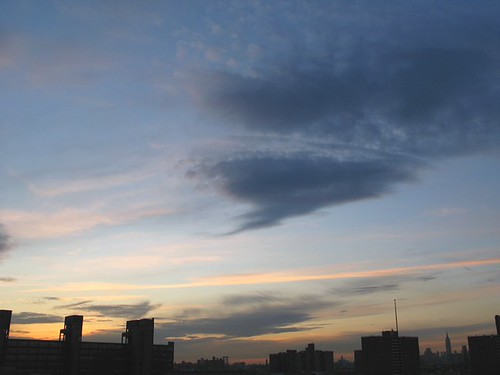It occurred to me that some of you might not know much about me, so I decided to write a little bit about myself for the n00bs.
I was born in Manhattan in 1974, and shortly thereafter, my parents relocated to the lovely suburbs in New Jersey. We ended up in a small town called Wyckoff, where I went through the same public school system K through 12.
Some notable points of interest during that time included:
First camera (Nikon FM2), first computer (PC's Limited 286 6/8Mhz (see also
Dell)), first drumset (Yamaha).
I also had a few interesting jobs. During the school year, I landed a gig as an assistant/gaffer to the guy that shot my sister's Bat Mitzvah pictures, who, at least according to his
website, is still in the business. I would work a wedding or Bar/Bat Mitzvah every other weekend or so, sometimes as often as two or three in a row. Looking back now, it was pretty a invaluable experience, although it has definitely soured me a bit on big fancy events.
Once I had figured out that "art" was the direction I wanted to go with my life, I was fortunate enough (through connections from my father) to land a summer internship at
BBDO - one of the larger ad agencies in the US at the time - as a 16 year-old junior in high school. This was in 1990, right around the boom of "desktop publishing". At the time, Apple Computer happened to be a client of BBDO. As I understood it, Apple was very interested in BBDO being on the cutting edge of technology, and made a point to keep several of their top-end products (
Macintosh II's primarily, with
OneScanners and
LaserWriters) in good supply on any willing art director's desk, fully loaded with all of the latest versions of the cutting edge software of the day - Adobe Photoshop (2.0), Illustrator (3.0), and QuarkXPress (3.0). They also had some fantastic color printers and photocopiers, like the Tektronix Phaser, and the
Canon CLC 500 (that projector-looking thing let you copy slides/negatives - badass).
When things were slow, I would keep myself busy playing with one of the public computers sitting in an empty cubicle. This was my first exposure to Macintoshes (and cubicles, for that matter), and I totally got it. By the end of my first summer there (I did it again, the following year), I was showing the art directors (and anyone one else who was interested) how to use the scanner, or plot some type along a spiral in Illustrator. It was loads of fun, and at an extremely early age, I was exposed to the world of "big advertising".
It seemed obvious that Art School was the way to go for me, and I applied and was accepted to
The School of the Art Institute of Chicago.
Since I wanted to be a graphic designer, I enrolled in the Visual Communications program. At the time (1992), the computer revolution hadn't really taken a firm hold on the entire school yet (this is pre-internet, mind you), and the only Macs that were available were in one small computer lab, and in the Art & Technology department. Other departments had one or two machines for students to share on, but once I set foot onto the Art & Tech floor, I knew that this was where I wanted to be spending my time.
I was still taking pictures at this point, but it didn't take long before I was seduced by the wonders of "multimedia", and "3-D graphics", and the instant gratification of video. My trusty FM2 spent most of my college career in its bag, unused.
Fast forward to around 2001. I had made the transition from Artist to Technology Professional, and was really hitting my stride. I loved the fact that I could relate to creative professionals and speak their language, and help them do their work better, smarter and faster, using the cool technology tricks I had come to know and love. I was still paying attention to the camera scene, but it was more as a bystander than a user. I remember when Nikon first announced the D1 (with a
firewire 400 port!), and knew in the back of my head that some day, I'd get back into photography with something like one of those. But not at an entry price of over $5000. Besides, I was at the height of my career as a gigging musician in Chicago, and didn't have time for that stuff.
One day, while visiting one of my regular clients, I was introduced to the Nikon CoolPix 900 camera. What blew me away was the fact that - when good light was used - the images that this little 3 megapixel camera produced looked really, really good. So I started paying attention to the other options that were out there as far as digital cameras were concerned. About a year after its release, I bought myself a
CoolPix 5000 for about $500. This is where things changed for me. I was seeing things photographically again. It felt great. The groundbreaking aspect of the little CoolPix was its form factor - the fact that it had an articulated flip-around LCD viewfinder gave me a whole new way of seeing things. I could compose and shoot without my head stuck to the camera. For the following year and change, I would shoot at least a picture a day, posting them to my .mac picture gallery for friends and family to see. Holy shit, it's still
up!
Moving forward, I continued to maintain an interest in photography as a hobby, shooting friends' gigs here and there, and just having fun with it.
For my 30th birthday, my folks got me a Nikon
D70. The first affordable, high-quality "prosumer" DSLR that Nikon released since the D100 a few years earlier. Things got a little more serious for me then, but I was still very much in "hobbyist" territory.
It wasn't until after I had moved to New York City in 2006, working the night shift at the then-new Apple Store on Fifth Avenue, that I had heard about David Hobby's now-famous
Strobist blog. I realized that I was missing out on an entirely different world of photography - lighting. I'd always known about it, but never considered that it was something that I could actually do. After all, I turned my back on photography when I was in school, and didn't really know the first thing about how to light stuff. But slowly but surely, one purchase after the next, I had put together a nice little kit of old Nikon Speedlites and modifiers, and next thing I knew, I was actually "doing it".
About a year into it, I started to realize that I really enjoyed setting up shots, and trying to make them happen. I would jump at any opportunity to make a portrait, shoot a friend's gig, sell something on ebay... I was definitely hooked.
Which brings us to the present. Thanks to this lovely economic climate, I was laid off from my full time job as an IT professional, and decided that it was time for a change of pace. I'm kinda burnt out on helping people with their computers. I still love helping people, and I've been doing lots of little IT "odd jobs" to make ends meet, but a couple of months ago, I decided that it was time for me to try returning to my creative roots, and see if I can actually do this.
In the spirit of giving back to the community that's been so inspiring to me, I've decided to start sharing my thoughts and experiences as I attempt to make it as a Professional Photographer.
Thanks for reading.
-dg



